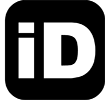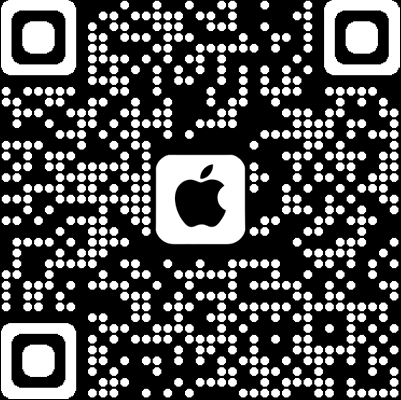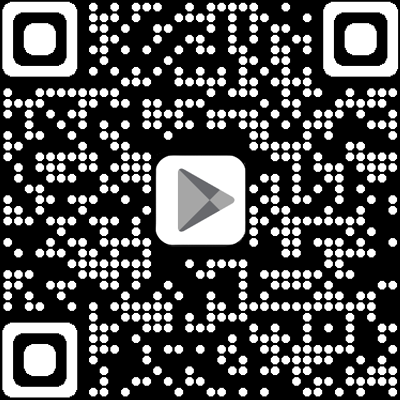
Getting a passport for your baby is an important step for international travel, and ensuring that the photo meets the UK passport standards is crucial. In this guide, we’ll cover everything you need to know about the photo requirements for UK baby passports, including dimensions, quality, lighting, positioning, background, and more.
Relaxed Rules for Little Ones
The good news is that unlike adult passport photos, baby photos don’t require a stern expression or a direct stare at the camera. The UK government recognizes the challenges of photographing young children, so they’ve implemented relaxed guidelines for those under six. Here’s what you need to know:
- Age Exceptions: Children aged five and under don’t need a neutral expression or to look directly at the camera. Babies under one year old don’t even need to have their eyes open!
- Head Support: If your baby needs head support, that’s perfectly fine. Just make sure your hand isn’t visible in the photo.
- Solo Shot: The photo should only feature your baby. No toys, pacifiers, or other people allowed.
Photo Requirements for UK Baby Passport
Dimensions
- Photo Size: The photo must be a standard 45mm x 35mm (width x height), just like an adult passport photo.
- Facial Focus: The baby’s face should take up 70% of the photo, ensuring clear identification. Imagine dividing the photo into thirds horizontally and vertically. Ideally, your baby’s face should fill the central square.
Picture Perfect Quality
- Resolution: Use a high-resolution camera or phone to capture a clear and crisp image. A blurry or pixelated photo will be rejected.
- Color: The photo must be in color and printed on high-quality photo paper. Avoid faded or grainy prints.
Lighting Up the Perfect Shot
- Natural Light: Opt for even and natural lighting whenever possible. Harsh shadows across the face or background can render the photo unusable.
- Avoid Flash: Flash photography can create a harsh glare on your baby’s face. If natural light isn’t available, use diffused artificial light.
Positioning Your Precious Cargo
- Full Frontal: The baby should be positioned facing the camera with their head upright and centered.
- No Tilts or Turns: Avoid photos where the baby’s head is tilted or turned at an angle.
Background Basics
- Plain and Light: Choose a plain, light-colored background. A white or light blue sheet is ideal. Avoid busy patterns or dark colors that can distract from your baby’s face.
Glasses or No Glasses?
- If Necessary: If your baby wears glasses for medical reasons, they can wear them in the photo. However, the glasses must be clear and not have reflective lenses.
- Best Without: If possible, try to capture a photo without glasses for optimal clarity of the eyes.
Facial Focus: Capturing Your Baby’s True Self
- Natural Expression: Unlike adult passport photos, babies under six don’t need a neutral expression. A relaxed, natural smile or a content look is perfectly acceptable.
- Eyes Open (Ideally): Though not mandatory, it’s best to try and capture a photo with your baby’s eyes open for better identification purposes.
Bonus Tip: Capture the Moment
While a perfectly still shot is ideal, capturing a photo of your baby using Smartphone iD at home in a natural, awake state is more important. Don’t be discouraged if you don’t get the perfect pose on the first try. Take several photos and choose the one that best meets the requirements while showcasing your little one’s personality.




